| TRAVEL AND MEDICINE |
| Published in December, 2019 |
| H E K T O R A M A |
| . |
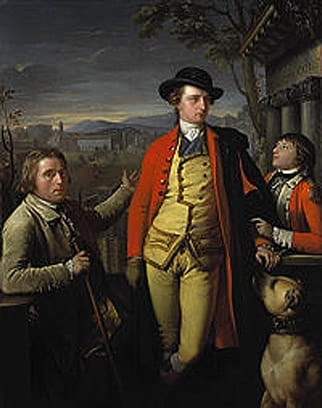 |
Moore, a practicing physician in Glasgow with a good reputation, was offered an opportunity to travel. Like other prominent noblemen of his day, the young Duke of Hamilton was to make the Grand Tour as a part of his education. The Duke’s mother knew Moore, and invited him to join the Tour as companion, tutor, and responsible adult. Moore accepted. The Tour lasted five years (1772–1777), and took him to the major European countries. After returning to London, Moore wrote a book about his impressions of France, Switzerland, Germany, and Austria. The Tour also included extensive travels in Italy, and the following year in 1779 Moore published a second book called View of Society and Manners in Italy. In its foreword he wrote that those who had read his earlier book “will perceive that the present work is a continuation of the former.” In the first book Moore warns the reader not to expect “a minute account of churches and palaces because they afford but a slender entertainment when served up in description.” Instead he concentrated on “the manners, customs, and characters of the people.”
|
| OF STARLIT HUTS AND SAHELIAN SAND | ||||
|
|
|
|||
|
||||
| DOCTOR ON AN EXPEDITION TO THE ANTARCTIC | ||||||||
|
||||||||
| TRAVELS WITH GENGHIS | ||||||||
|
||||||||
| TAKING NOTE FROM NATURE: THE WILD HEART OF PANAMA | |||||
It is a curious country, Panama, one-third protected wilderness and nearly 60% forested, best known for its canal, a colossal feat of human engineering. Having acquired a second hand experience of the country by editing a blog dedicated to travel in Central America, I availed myself of the opportunity to explore its true heart; and accordingly journeyed to the isthmus on official business to assist in the opening of a new Panama resort on Isla Palenque, a 400-acre jungle island in the Pacific Gulf of Chiriquí. Aboard Copa Airlines and staring into the seat-back in front of me, I mused on where and how I might seek out the heart of this country. I reflected that as with individuals, the hearts of nations exist beyond geography. They cannot be mapped or charted; they are places for our most deeply-held values, for without such values neither a heart nor a nation can function.
|
|||||
| A COLUMN OF VOLCANIC SAND | |||||
Why shouldn’t a retired English professor devote himself to Public Health? I fell hard for Nicaragua in the 1980s, organizing Boston academics against Contra aid, visiting the country in 1986 with Father Steve Chinlund, meeting the famous poet/priest and Minister of Culture Ernesto Cardenal, and beginning to work on a book about how newly-literate peasants (campesinos) in Ernesto’s Christian base community had started to write poetry. It was a natural fit for a lefty professor in his 40s: liberation theology, poetry, revolution, and a reason to head south to bisect the Massachusetts winter. The Campesino Poetry book was the first of three I would write about Nicaragua. Hundreds of US citizens trekked down “to support the Sandinista Revolution” in the ‘80s. The mainstream mocked us as “Sandalistas.” Meanwhile, our Boston suburb of Newton had joined a nationwide movement of Sister City Projects. We partnered with the Nicaraguan town of San Juan del Sur, a charming Pacific coast port with a half-moon bay, raggedy fishing fleet, and weekenders from Managua. My wife and I were the first hands-on delegates, sprucing up existing schools and building new ones out in the scattered villages of the 250-square-mile township. We bought the materials and hired a master-mason, but folks in the villages did the hard work.
|
|||||
|
|
||||||||||||||||

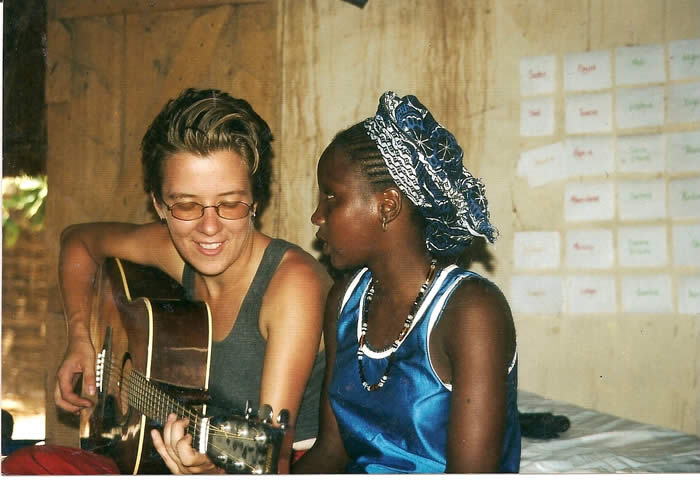
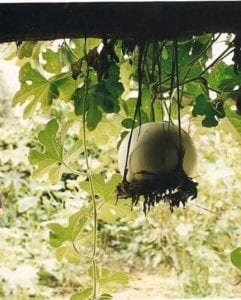

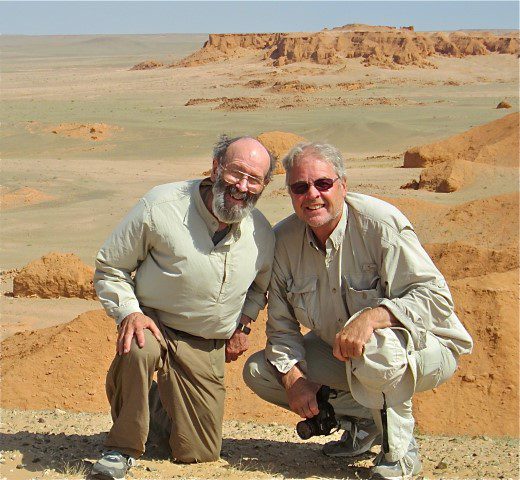
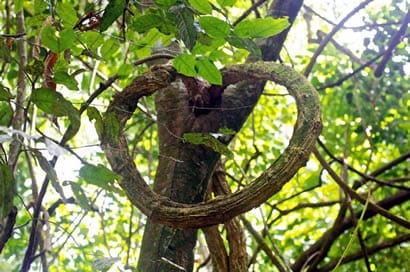

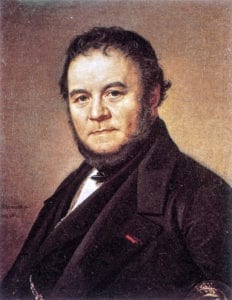
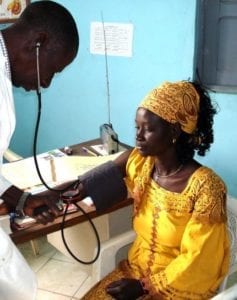
Leave a Reply